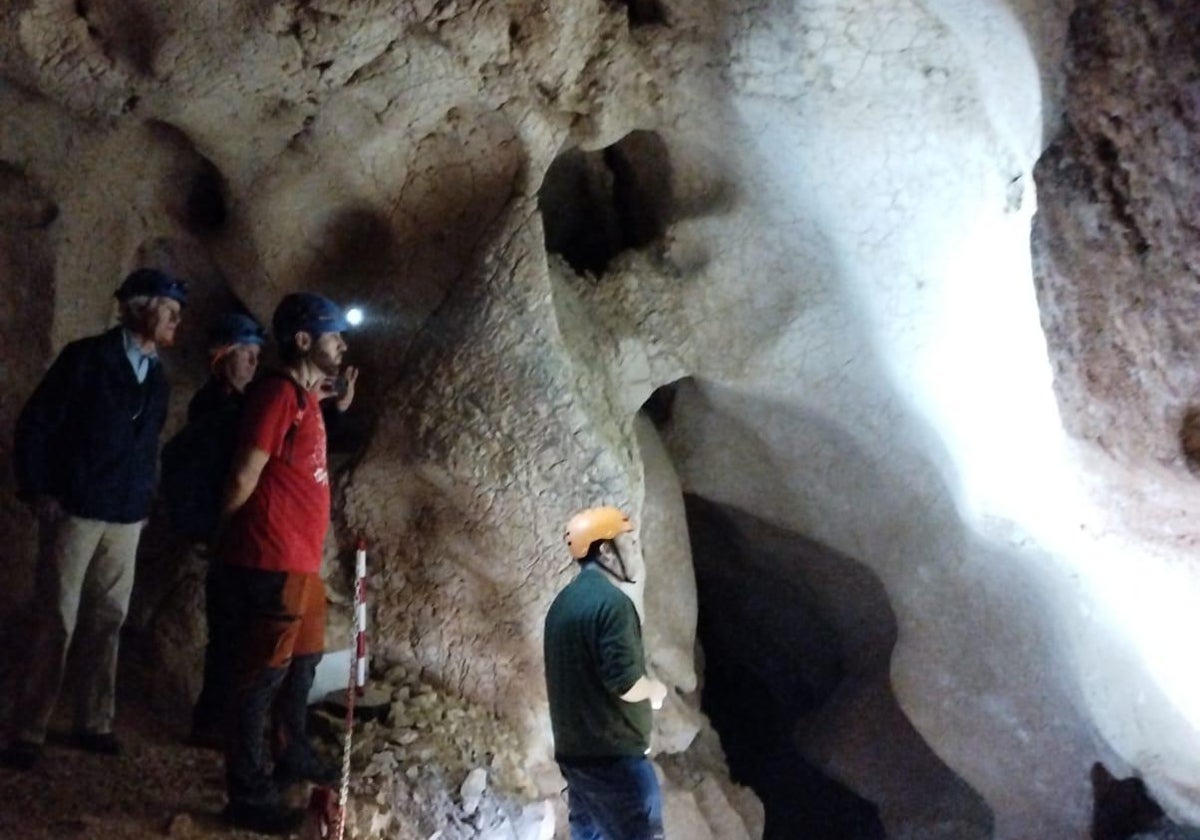International researchers delve deep into Costa del Sol caves
A team from the Bradshaw Foundation has been investigating the Palaeolithic rock art in Rincón de la Victoria
SUR
Rincón de la Victoria
Wednesday, 12 February 2025, 14:59
A team of researchers from the Bradshaw Foundation have been in Rincón de la Victoria on the eastern Costa del Sol to investigate Palaeolithic cave art in the town's Victoria and Tesoro caves.
The Bradshaw Foundation is a non-profit organisation whose main areas of focus are archaeology, anthropology and genetic research, and its primary objective is to discover, document and preserve ancient rock art around the world and promote the study of early humankind’s artistic achievements.
Mayor of Rincón de la Victoria, Francisco Salado, said that the town's caves "continue to attract the attention of the scientific community, becoming protagonists not only in the field of tourism, but also in academia and archaeological research".
National Geographic
The visit, organised by the British professor George Nash, who visited Cueva de la Victoria with the National Geographic team in 2023, has allowed the specialists to see first-hand the advances in research on Palaeolithic cave art in the town.
The Bradshaw Foundation, which is connected with institutions including the Getty Conservation Institute, Unesco, the National Geographic Society and the Royal Geographical Society, worked in close collaboration with a team of Malaga researchers coordinated by María del Mar Espejo, Luis-Efrén Fernández, José Ramos, Cristina Liñán, Yolanda del Rosal and Pedro Cantalejo.
Together they analysed new graphic panels that were discovered in 2007 and are made up of engravings and prints made with fingers and engravings on rock surfaces. The engravings, estimated to be between 50,000 and 28,000 years old, were made in a different climatic context, with periods of higher humidity that allowed Palaeolithic explorers to mark the cave walls before they hardened over time.
Other discoveries
Finding these engravings follows similar discoveries in other European caves, such as Altamira, El Cudón, Hornos de la Peña (Spain), Roche Cotard, Cosquer and Rouffignac (France), and the Ardales cave in Malaga province. These records have allowed us to understand that these primitive representations preceded figurative art, becoming a key link in the evolution of human artistic expression.
Research Rincón de la Victoria will continue until summer 2025, at which time the scientific team will evaluate the possibility of requesting an extension from the Junta de Andalucía to extend the ongoing studies.
"This project, in addition to contributing to global scientific knowledge, reinforces the municipality's position as a first class cultural and tourist destination, promoting new initiatives for the enhancement and protection of the local archaeological heritage".
